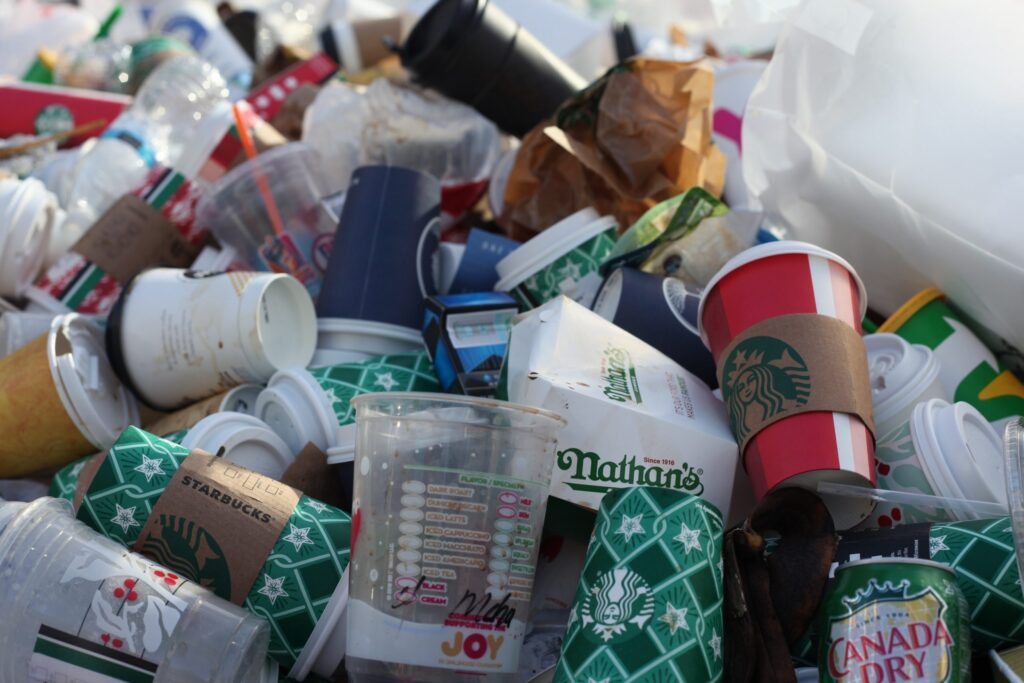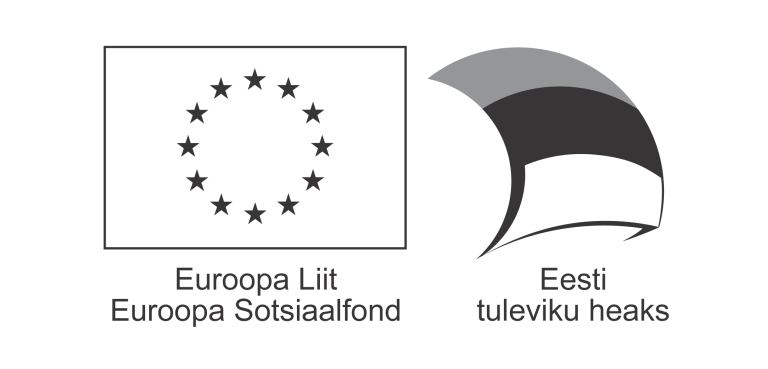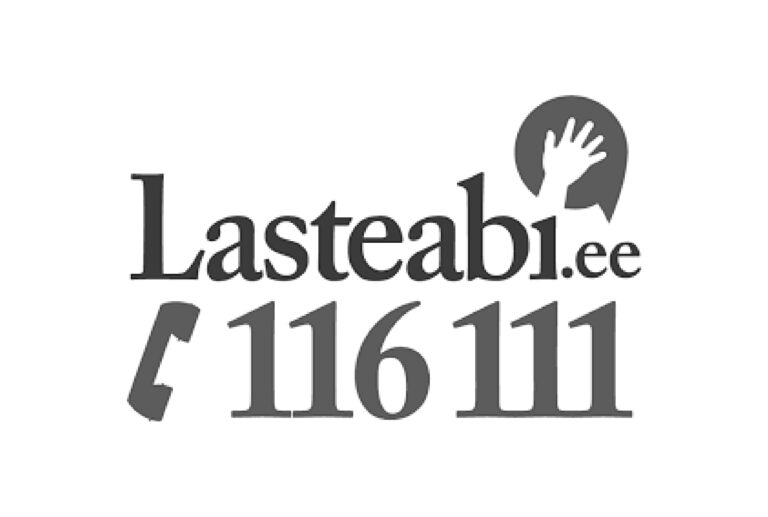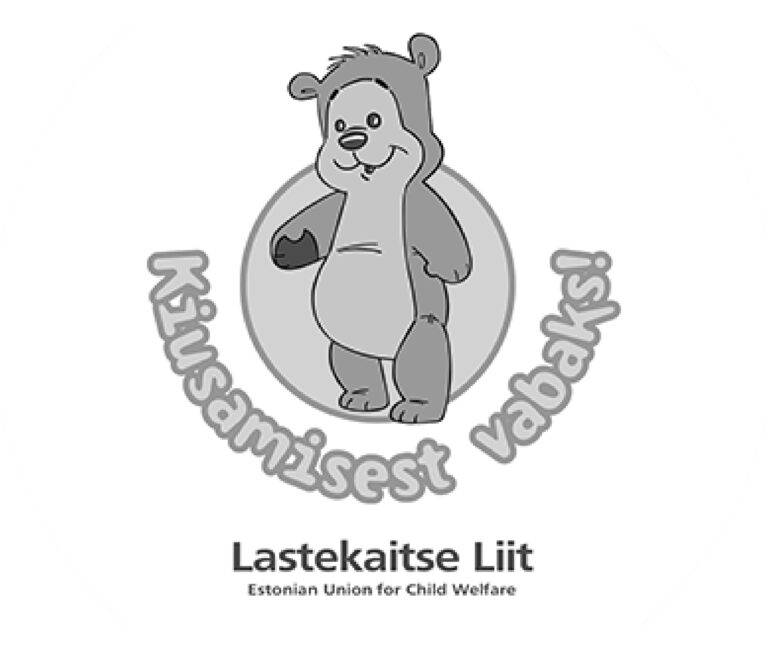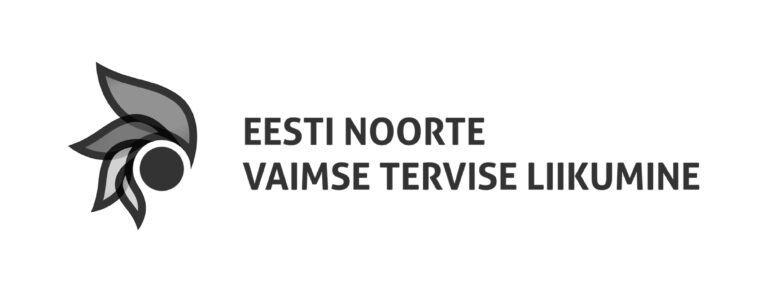The climate crisis knocking on our door is pounding more and more anxiously – the average species richness of wildlife has dropped by 60% over the last 40 years, the amount of carbon dioxide in the atmosphere is the highest in human history and nearly 120,000 square kilometres of tropical forest were cut down in 2018. But these three facts are just tiny fragments of a larger mosaic.
And yet, in the age of environmental change, the all-powerful human turns a blind eye, gets in a roaring carbon dioxide machine and heads to the McDrive where they buy themselves a bunch of foreign products stuffed into disposable packaging. And as they get the meal, the customer smiles and says, ‘No, thank you, I don’t want a straw,’ and drives on in peace, believing that they are climate-friendly.
Something called pseudo-sustainability has emerged where people are giving up plastic straws and disposable coffee cups, instead buying metal straws and thermal mugs. Even if a thermos is sustainable, it raises the question of whether it is enough and what actually matters when it comes to environmental sustainability. This article focuses on an important aspect of environmental sustainability – consumption and waste.
Waste – more important than sorting waste or recycling items is to reduce consumption. Even if you take your jeans to the Humana clothing container, it does not cancel out the amount of waste generated in the production of the garment. Did you know that the production of a single pair of jeans generates around 25 kilograms of waste? It takes around 2,700 litres of water to make one cotton t-shirt, a smartphone leaves behind around 85 kilograms of waste, but what is perhaps most shocking is that producing one laptop puts an extra 1,200 kilograms, i.e. 1.2 tonnes, of waste on the planet.
What can I do?
- First, you should reduce your consumption and ask yourself whether you truly need it. If the answer is yes, you could see whether you can get the item second-hand. There are many second-hand shops in Estonia, such as Humana, Uuskasutuskeskus, USA Today and Paavli second-hand shops. There is also a map with all Estonian second-hand shops here. It is also possible to buy used electronics and furniture from Uuskasutuskeskus and Electronics OÜ (with electronics, always make sure that the purchasing website is reliable and offers a warranty).
- However, if reusing is not an option, it is recommended to opt for high-quality and environmentally friendly products. The main concern here is surely the hefty price tag – eco-products cost a fortune and tech gadgets require saving for a long time. However, quality usually equals long life, meaning that instead of two cheap and low-quality pairs of jeans you should buy a pair that is more expensive, but also longer-lasting. At the end, the price is more or less the same and the environment is cared for.
- You should give second-hand items a new life – you can take them to clothing containers, give to those in need, recycle or even sell them. You are probably wondering where you can take certain items. Luckily, some good people have developed the map application kuhuviia.ee, which provides information on getting rid of various unnecessary items.
- Lastly, recycling also plays a role in waste – an empty bottle of strawberry-scented shampoo, an apple yoghurt container and a carton of overly sweet juice can get a whole new life. In Estonia, recycled plastic is used to make gardening equipment, patio boards, roofing materials, etc. Would it not be great to know that someone’s roof could be made from your strawberry shampoo bottle? Indeed, there is a lot that can be sorted in Estonia.
Look more:
- Estonian second-hand shops: https://bit.ly/3godPr3
- A map with waste and item drop-off locations: kuhuviia.ee
Sources: World wild life
Sources: Wired

The article was written in cooperation with the Environmental Board. This article was published in 2021.
